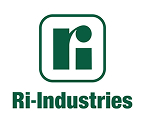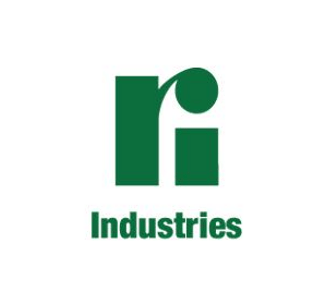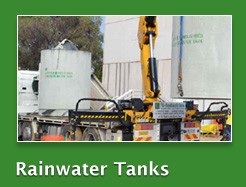Rainwater tanks are popular and important in South Australia because they help us conserve water. Let’s look at how they are used and how much water they can save.
In South Australia, rainwater tanks are used in communities without access to reticulated water sources, in communities where good quality water supplies are limited, in areas where local regulations require rainwater storage be provided for bushfire prevention, and in urban areas, such as Adelaide and regional communities, which have access to mains water but owners want to conserve water.
Some advantages of rainwater tanks include:
- The use of rainwater costs less than mains water
- Rainwater causes less erosion to household appliances due to their low salinity content
- Protects water supplies by conserving mains use
- Rainwater is softer than mains water which may mean you use less soap, detergent, and shampoo
To read more about the benefits of rainwater tanks, please see our blog, What are the Benefits of Rainwater Harvesting.
One of the main benefits of rainwater harvesting is the ability to conserve to water. So, how much can you save? Put into everyday terms, a family of four in Adelaide, with a 100m² roof catchment area and a 1000L tank can capture enough rainwater in one year to:
- Flush a toilet twice per day per person
OR
- Provide one bath per person per week (150L tub)
OR
- Run a sprinkler system for one hour five days a week (1.5 L/min)
OR
- Wash dishes in the dishwasher every day
OR
- Give each person a 5 minute shower twice a week (standard flow shower)
If we’ve piqued your interest in rainwater harvesting and you would like to learn about our rainwater tanks, please see information on our website or call us at 8444 8100.






